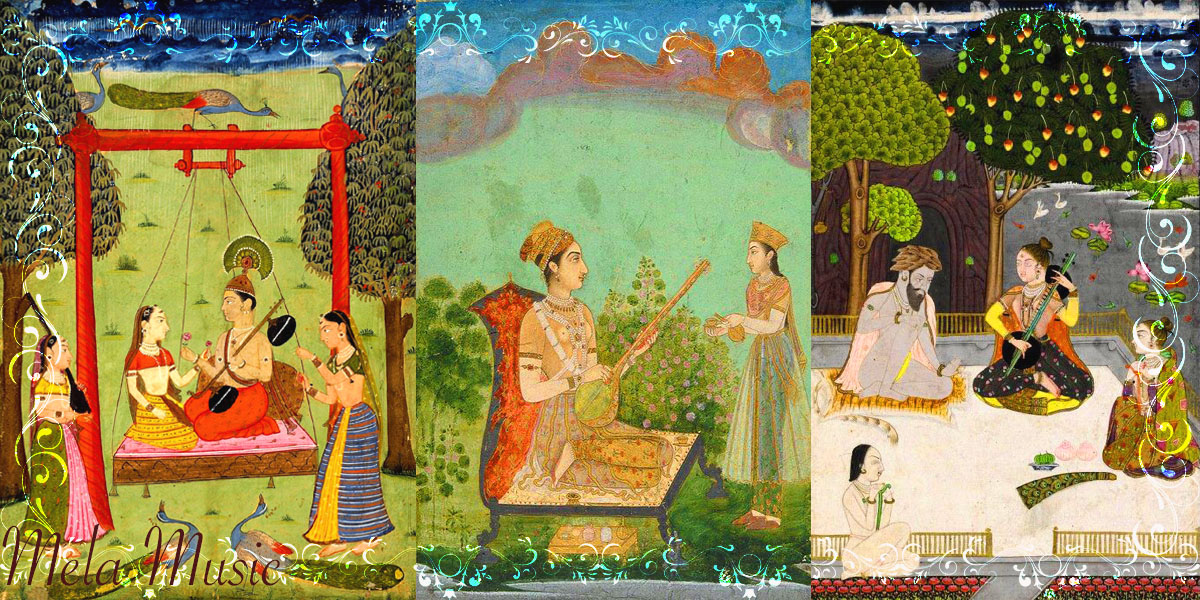
Vistar, in the realm of Indian classical music, refers to the systematic and gradual unfolding or elaboration of a raga. It involves the melodic expansion and exploration of a raga’s various nuances, emphasizing slow and sustained movements with occasional embellishments. Vistar serves to showcase the depth, beauty, and intricacies of the chosen raga and often precedes the composition or thematic development in a musical performance.
Key characteristics of vistar include:
1. Slow and Deliberate: Vistar is typically performed at a slow tempo, allowing the musician to express the raga’s essence with precision and clarity. It is characterized by sustained notes and unhurried phrases.
2. Alamkaras and Ornamentation: While vistar is generally slow-paced, it may incorporate subtle alamkaras (musical ornaments) and meend (glides) to enhance the melodic beauty. These embellishments are applied judiciously and do not disrupt the overall serenity of the performance.
3. Exploration of Octaves: Musicians may explore the full range of octaves within the chosen raga during vistar, traversing both the lower and upper registers to illustrate the raga’s tonal diversity.
4. Audience Engagement: Vistar captivates the audience by gradually revealing the raga’s character and mood. It serves as an opportunity for the musician to establish a strong connection with the listeners before moving on to more complex compositions or improvisations.
5. Balance and Structure: Vistar ensures a balanced and structured elaboration of the raga, maintaining a harmonic progression while allowing for artistic expression and interpretation.
In essence, vistar is a vital component of Indian classical music, enabling musicians to unravel the intricate beauty of a raga through patient and methodical exploration, setting the stage for further musical development and improvisation.
Content Provided By: Sangeetpedia
